Product Description
Biotics Research Berberine HCl
Anti-microbial (fungus, bacteria, yeasts, parasites) Also Allergies.
Indications: AMPK is a master control mechanism for cellular energy homeostasis. It determines body fat composition and has a significant impact on mitochondrial biogenesis, the diabesity spectrum and life span extension in mice models. Berberine may have demonstrated significant activity against bacteria, yeasts, fungus and parasites. Berberine also has been shown to be supportive of healthy blood sugar levels as well as supporting normal blood lipid levels. Berberine shows significant benefits for cardiovascular health and the prevention of neurodegenerative conditions.
BIOFILMS. Berberine extracts and decoctions may have demonstrated significant antimicrobial activity against a variety of organisms including bacteria, viruses, fungi, protozoans, helminths, and chlamydia. Thus, not surprisingly the current predominant clinical use of berberine includes bacterial diarrhea, intestinal parasite infections, and ocular trachoma infections. The Textbook of Natural Medicine indicates its pharmacological activities as antibiotic, immunostimulatory, anticonvulsant, sedative, hypotensive, uterotonic, cholerectic and carminative.
In addition to these actions, it may also demonstrated benefits in the regulation of blood sugar, in decreasing lipids, in the modulation of blood pressure and recently has been designated as a beneficial component in the management of Alzheimers disease
As an antibacterial compound, berberine may have demonstrated effectiveness against a broad spectrum of bacteria, yeasts, fungus and parasites. Bacterial susceptibility to Berberine may include Staphylococcus aureus, Streptococcus pyogenes, Eschericha coli, Shigella boydii, Vibrio cholerae, and Mycobacterium tuberculosis.
Yeasts and fungal susceptibility includes Candida albicans, Candida tropicalis, Trichophyton mentagrophytes, Microsporum gypseum, Cryptococcus neoformans, and Sporotrichum schenkii; while parasitic susceptibility, includes Entamoeba histolytica, and Giardia lamblia. Its mechanism of action is thought to result in part due its characteristic structure, that of a planar cationic molecule. This structural arrangement enables it to intercalate the DNA structure, similar in fashion to the mechanism of ethidium bromide.
Ingredients:
Berberine Hydrochloride 500 mg
NMI-Cellulose, capsule shell (gelatin and water) magnesium stearate (vegetable source).
Suggestion: One (1) capsule each day or as recommended by your health care practitioner.
Safety: Not recommended for children, pregnant or lactating women.
References:
1. Berberine. Altern Med Rev. 2000;5(2):175-177.
2. Jennings BR, Ridler PJ. Interaction of chromosomal stains with DNA. Anelectrofluorescence study. Biophys Struct Mech. 1983;10(1-2):71-9.
3. Yin J, Xinga H, Yeb J. Efficacy of berberine in patients with type 2 diabetesmellitus. Metabolism Clinical and Experimental. 2008 57:712–717.
4. Liua L-Z, Cheunga SCK, Lana L-L, Hoa SKS, Xub H-X, Chana JCN, TongPCY. Berberine modulates insulin signaling transduction in insulin-resistantcells. Molecular and Cellular Endocrinology. April 2010 317(1-2): 148–153.
5. Kong Weijia, et al. Berberine is a novel cholesterol-lowering drug workingthrough a unique mechanism distinct from statins. Nature Medicine. 200410(12):1344-1351.

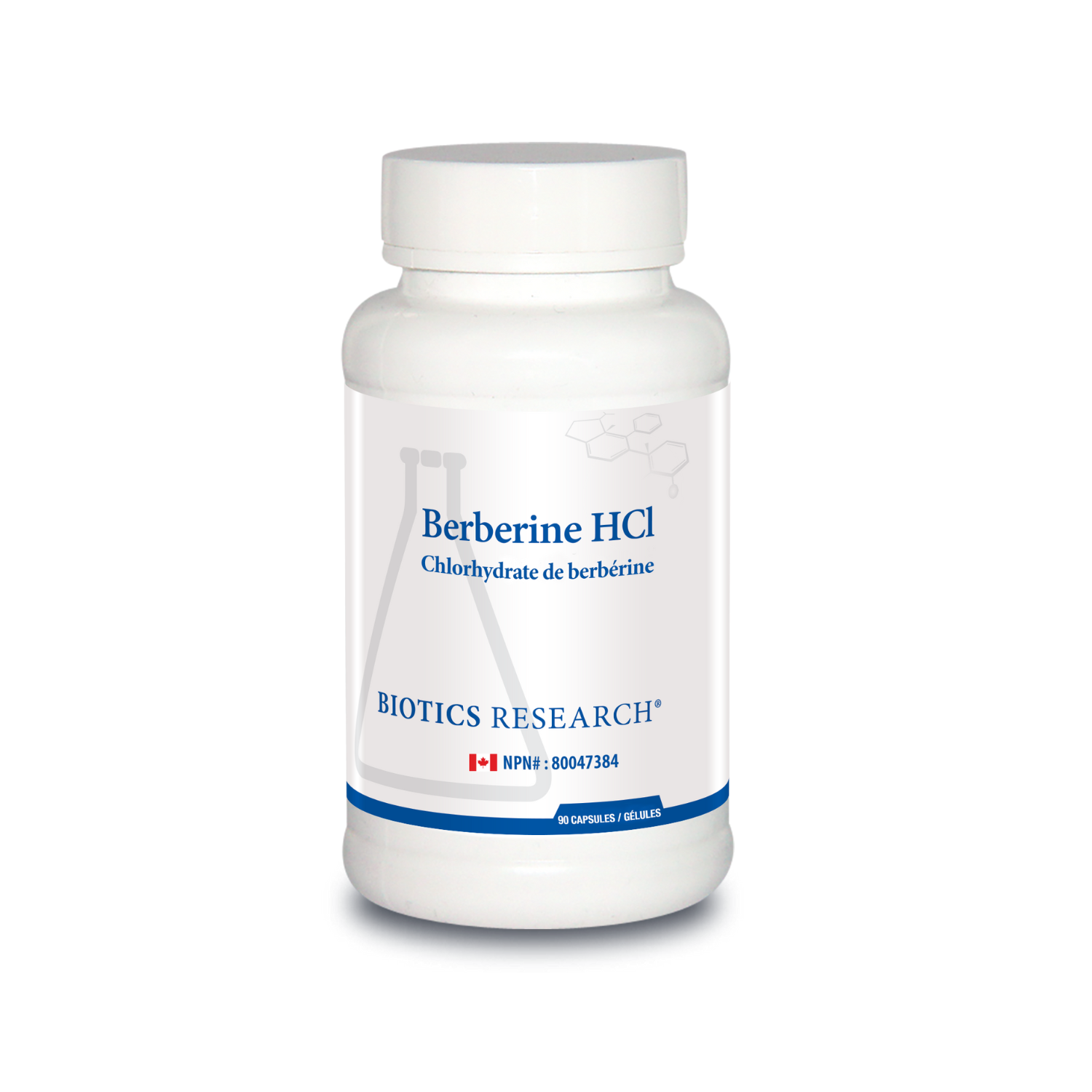
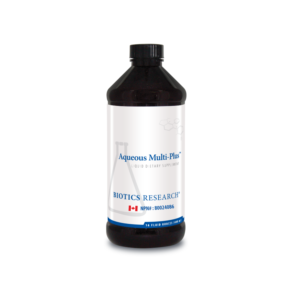
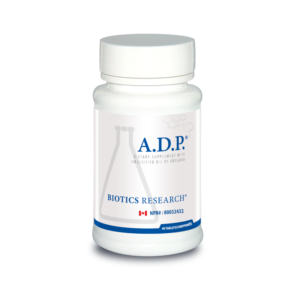
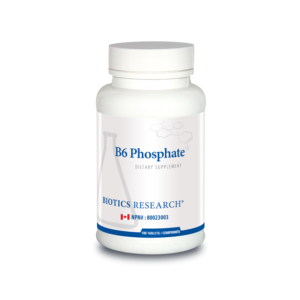
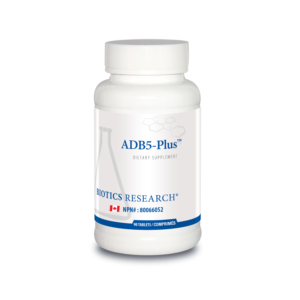
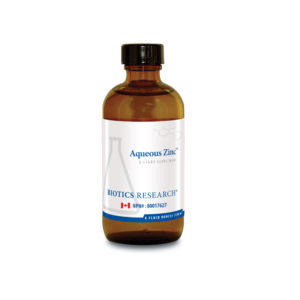
Reviews
There are no reviews yet.